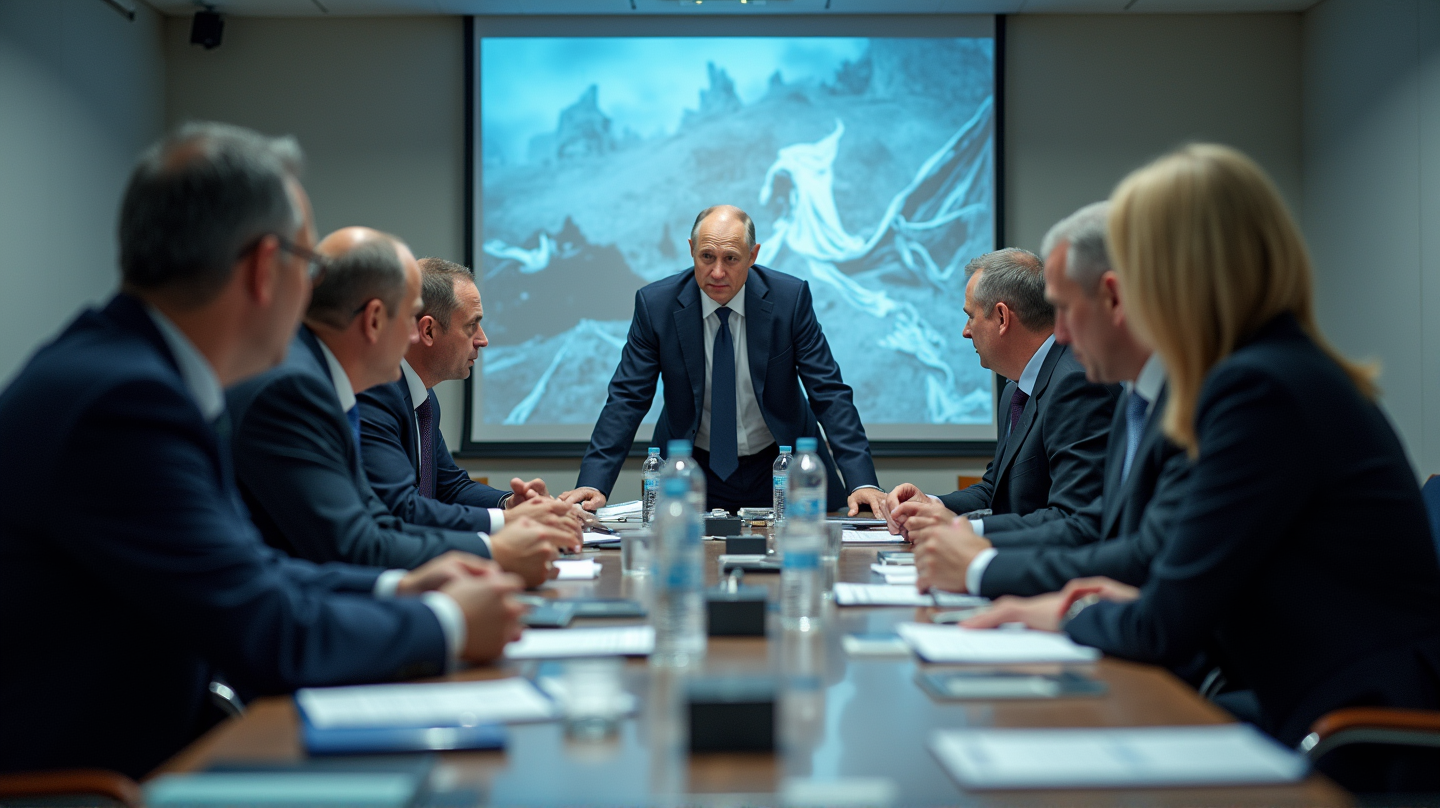EU Considers Innovative Aid Strategy for Ukraine Using Frozen Russian Assets
EU deliberates on utilizing €140B frozen Russian assets to aid Ukraine's reparations, with legal safeguards and financial guarantees in place.

In a bold and unprecedented move, the European Union is actively exploring options to channel an additional €25 billion in aid to Ukraine, employing frozen Russian state assets as the funding source. This initiative, marking a vital step toward supporting Ukraine amidst ongoing geopolitical tensions, underscores the EU’s commitment to aid a nation grappling with the severe impacts of conflict.
Navigating Legal Waters: Ensuring Compliance
As the European Commission sets its sights on €140 billion of frozen Russian assets held predominantly within the Euroclear depository in Belgium, it eyes an ambitious plan to extend a reparations loan to Ukraine. However, this initiative’s success hinges upon navigating complex legal frameworks. The proposal includes robust financial guarantees designed to shield Belgium from potential legal claims by Russia, safeguarding both financial stability and political integrity.
A Stand by Belgium
Speaking candidly about the plan, Belgian Ambassador to Ukraine, Luc Jacobs, emphasized the necessity of a legal and risk-averse approach. His words resonate with intent, highlighting Belgium’s steadfast support for utilizing Russian assets to aid Ukraine while ensuring compliance with international law.
European and International Perspectives
On a broader scale, the International Monetary Fund’s European Department Director, Alfred Kammer, underscores the critical need for a solid legal foundation supporting the reparations mechanism. This sentiment resonates across borders as legal experts and economists converge on developing an approach that balances legal integrity with the imperative of humanitarian aid.
Legal Landmark: Germany’s Judicial Scrutiny
Adding a judicial layer to the unfolding narrative, a German court is set to scrutinize the seizure of over €720 million from a Russian bank account linked to EU sanctions violations. This landmark case could set a precedent in handling assets tied to geopolitical unrest, further complicating or clarifying the EU’s intentions.
A Risk and Reward Balance
As this high-stakes dialogue unfolds, the EU must weigh the substantial benefits of aiding Ukraine against potential legal challenges. Maintaining a cautious yet determined focus, the European Union stands at a critical juncture, where humanitarian aid and international law must coexist.
Conclusion: A Path Forward
Undoubtedly, the EU’s initiative to tap into frozen Russian assets as an aid source for Ukraine speaks volumes about its resolve to tackle complex geopolitical issues head-on. As discussions continue within the corridors of Brussels, the world watches with bated breath, expecting both innovative solutions and steadfast leadership.
As stated in Ukraine Business News, this strategic maneuver by the EU symbolizes not only a commitment to Ukraine’s recovery efforts but also the delicate art of navigating international law and financial stability. The world is watching closely as this saga unfolds, with hopes pinned on a successful outcome that bolsters both a nation in need and the principles of justice.





